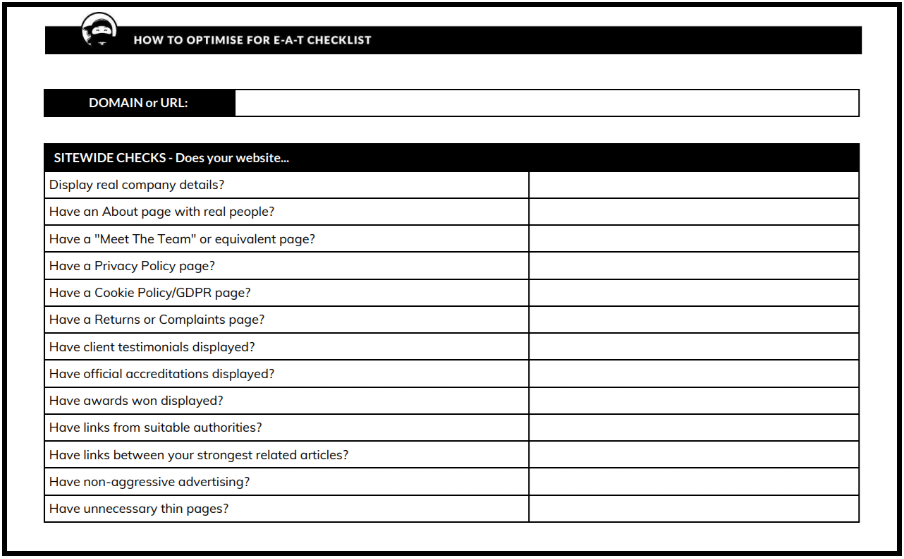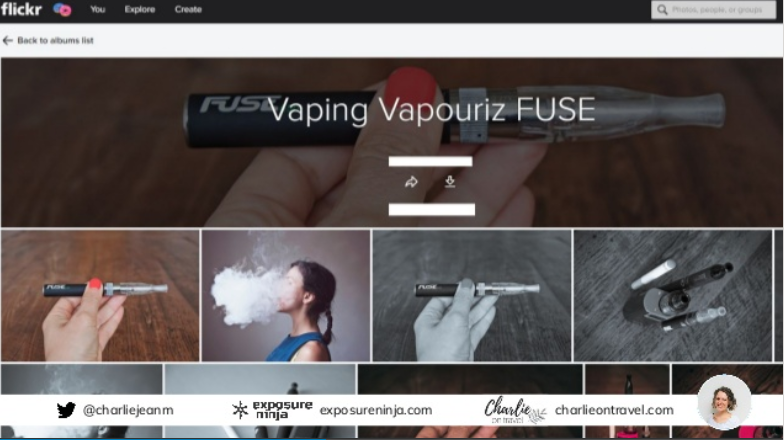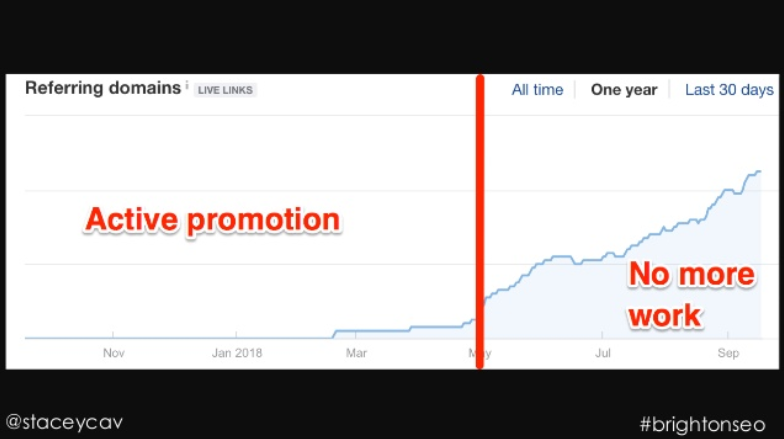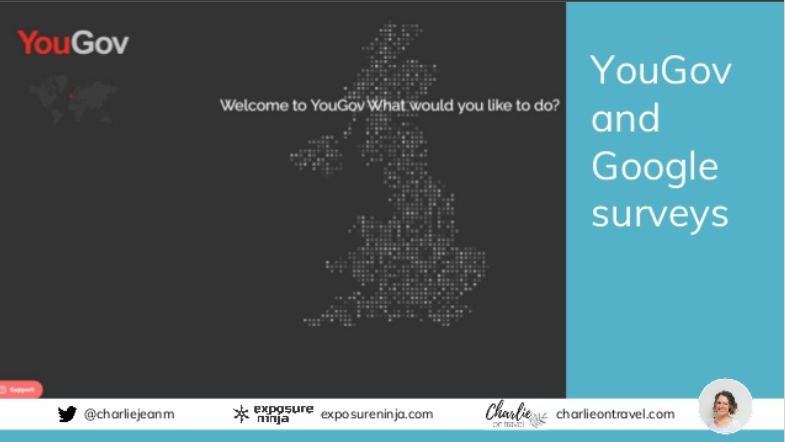
Link building works, there’s no doubt about it.
Backlinks are a core part of improving SEO because they represent a vote of confidence between sites. If a website gives your site a backlink, it shows Google and users that it vouches for your content. Your reward? A boost in the rankings.
However, for years, sites have exploited the process of link building to dominate the SERPs. As expected, Google is not a fan, preferring white-hat tactics and good clean fun.
Today, most SEOs and outreachers adopt a creative approach to link building, with the help of guest posts etc. to play by the rules.
But the rules are tightening up, and our next play must too.
In the wake of Google’s Medic update and its more recent images algorithm update, September’s BrightonSEO conference saw many speakers promoting link building tactics that advocate trust and put the user first.
This includes promoting data that matters (via the press), fixing broken links with genuinely useful alternatives and creating other resources (like stock images) that users find helpful.
Based on September’s talks, here are the link-building tactics I believe are the most future-proof in the ever-evolving battle to win over Google’s SERPs.
Lay the groundwork
Link building won’t work unless your onsite SEO is in tip-top shape. (Trust me, we’ve completed plenty of tests in-house to verify this.)
Onsite SEO is even more pertinent following Google’s Medic update. This update has signalled that a website’s expertise, authoritativeness and trustworthiness (E-A-T) are vital components if you want to stand a chance of reigning the SERPs.
In short, if your website doesn’t present your brand as a legitimate business, Google’s unlikely to favour it. After all, if Google can’t be sure you’re legit, the searcher definitely won’t.
Grab your checklist (below) and tick off the following before you begin to rework your backlink profile.

Credit: exposure ninja
Be as useful as possible
Rand Fishkin was daring in his keynote – and I enjoyed every second. He was brave enough to say what many SEOs and businesses are thinking: “I think Google used to have two users: content creators and searchers. I now think they have one.”
I expect I don’t need to tell you which one is the winner.
And I think Rand is spot on, proved by many of the link building tactics that put the user first, referenced by many of September’s BrightonSEO speakers.
Charlie Merchant provided one example in her talk on How to Definitely Get Links for Your Business.
She discussed the link building tactics for clients in particularly tricky niches, including an e-cigarette ecommerce store.
While creating PR campaigns for this client, she found that there weren’t many images available of vaping and e-cigarettes. This was a gap in the market and a killer link building opportunity.
All she needed to do was take a selection of high-quality images related to vaping, create a collection on Flickr and request attribution in the form of a link.
Simple.
This is a future-proof link building tactic because it prioritises the searcher’s needs. There were very few vaping images available, so Charlie’s client stepped in at the height of usefulness.
Google can’t say no to that.

Credit: Slideshare
Laura Hogan in her talk on How To Use Your Competitors For Freeeee Links also referenced an oldie link building tactic that’s extremely relevant for the future: broken link building.
Laura explained – alongside a healthy dollop of GBBO gifs (kudos!) – that ultimately, fixing a 404ed link benefits you and the site in question. Why wouldn’t you email a website to say a link was broken, but you have an awesome alternative? It improves the website’s SEO because an error is rectified, it helps the searcher because you’ve just added a top-notch resource and it secures your site a backlink.
Who said you can’t have your cake and E-A-T it?
Credit: GIPHY
Prioritise coverage and the links will come
Most of us running outreach campaigns focus on securing backlinks with bloggers, guest posts etc. to boost rankings.
Cool, it works.
But brand coverage is a top way to secure backlinks too – enter the snowball effect.
If you score coverage on a top-tier publication, like the Guardian, because you’ve got a killer headline and they don’t give you a link, don’t worry. Plenty of other brands are likely to link to you just because you made an industry headline. It’s part of the process when you go viral; your research will matter to one niche or another.
(Moz’s 2016 study Is Any Press Good Press? explains the theory pretty well.)
And this tactic is Google approved because not only are you building your brand (and fulfilling E-A-T criteria), but you’re also creating content that users are genuinely interested in.
Top tip: when you’ve got your headline, pitch exclusives to a handful of top publications before you publicise the rest of your releases. It’s a guaranteed way to make other media outlets jealous.
But, as Stacey McNaught said in her talk on Securing Links Before You’ve Even Produced The Content, review the publication’s media kit in detail before you pitch exclusives so you know they’ll be interested. Otherwise, what’s the point?
Once the exclusives are out there, launch the rest of your releases to relevant media outlets and watch the brand mentions and backlinks grow as journos and searchers pore over your impressive data.
Win-win.

Credit: Slideshare
Don’t cut corners, shape your angles
Finding any old angle that might be relevant in your industry before researching it thoroughly is poor PR campaign practice.
The number of full-time journalists in the UK has fallen by 25% over the past decade. That means there’s a decreasing number of active journalists, but the demand for coverage is growing among businesses. The result? You’ve got to seriously impress a journo if you want to land a placement.
Eek.
Ultimately, your releases must be relevant, legit, unique and (of course) helpful to the user if you want to land coverage and please Google.
This can be pretty tricky without sufficient prep.
Charlie explained that plucking an idea out of thin air wasn’t the best approach to creating a press release. Instead, start by finding the gap in the market on Google Trends. Then conduct your research. Either create a survey with YouGov or other survey providers or scour old, undiscovered journals for relevant studies that you can repurpose.

Credit: Slideshare
The next step isn’t data collection or creating your asset, as you might expect.
As Stacey explained, it’s better to take your fleshed-out idea to a handful of journos (about five-ish) so they can validate it.
After all, what use is a release you’ve spent hours crafting when nobody wants it?
The journalists might give your idea a big thumbs up, they might say “no way, Jose” or they may offer suggestions to make it a piece they (and their readers) value.
This feedback is incredibly beneficial for your campaign for three reasons:
- It helps you shape a solid angle for the press
- It keeps the journos you’ve pitched exclusives to interested
- It ensures you’ve got a headline fit for the publications’ readership – AKA, super useful.
Hello gold star from Google.
Based on the speakers’ link-building tactics, it seems digital PR continues to play a prominent role in improving SEO. To me, the future of content marketing and link building will prioritise trustworthiness, usefulness and complete transparency. We’ll see how long it takes brands to act on this. I know it’s the top of my priorities.
For more tips on future-proofing your SEO, check out Elliot’s post on Why Tomorrow’s SEO Means Going Back To The Future.
